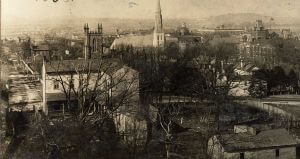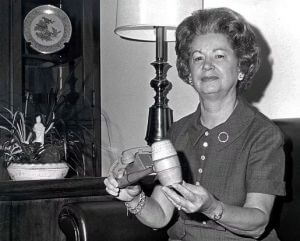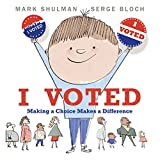Suffrage
100TH ANNIVERSARY
19th Amendment
The path to change is challenging, but WEDC is committed to representing and commemorating a suffrage movement that is broad and inclusive. Our goal is to highlight women who came before us to fight for equal rights, in addition to those who continue to fight for equal rights today.
WEDC recognizes the American women’s suffrage movement was a multicultural movement that, from the beginning, included the participation and leadership of women from many races and backgrounds. WEDC exists to champion women – all women – and therefore we happily share this page as a community resource.
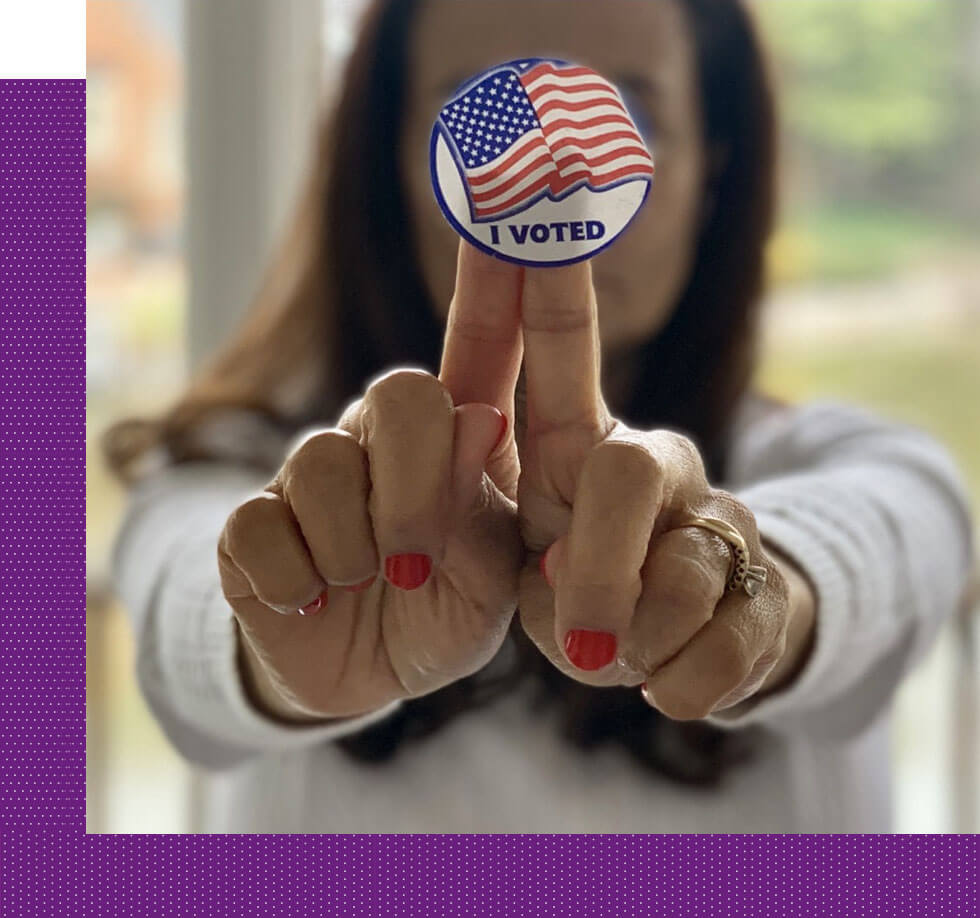
THIS GIRL CAN
The Mural
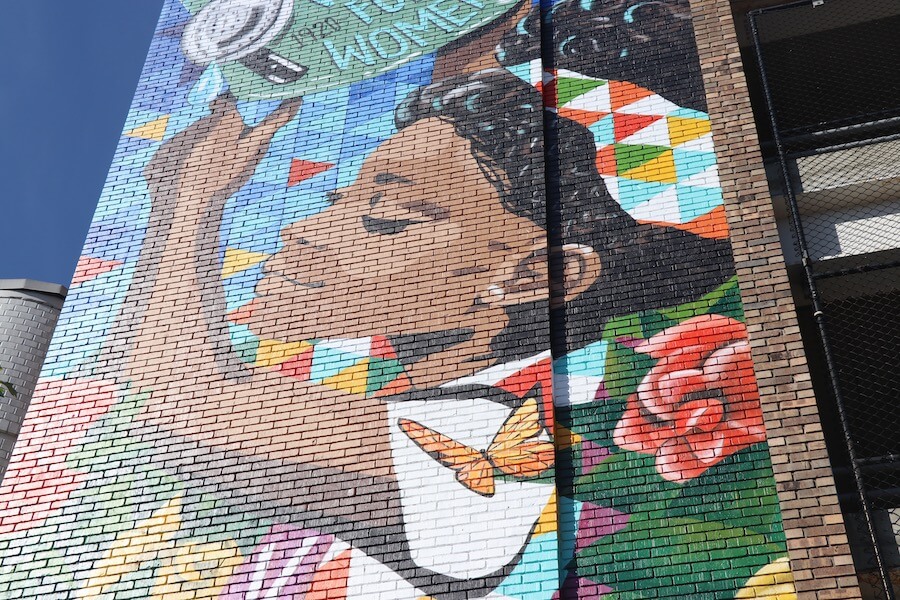
The young girl in Radford’s mural is an artistic representation of all the generations of women who have fought before her to have the right to vote. Especially African American women who continued the suffrage fight until 1965 – with the passage of the Voting Rights Act. This Girl Can is symbolic of what we can accomplish when we work together.
WEDC recognizes it is our civic duty to each new generation to take up the unfinished work of the last and continue to nurture, engage and encourage all to fight for equal rights.
Symbols of the Suffrage Movement
You will find the colors purple, gold and white in our mural. These colors represent different aspects about the suffrage movement. Purple symbolizes loyalty. White symbolizes purity. Gold symbolizes light and life.
COMMUNITY
Partners
Resources
The women's suffrage movement is generally considered by historians to have begun at the Seneca Falls Convention in Seneca, New York in 1848. This was the first women’s rights convention in the United States, and it established principles of equality that informed many future social movements. Forty-four years later, in 1892, Alabama’s first suffrage group organized...
1847
First Women's Rights Convention
The first women's rights convention is held in Seneca Falls, New York. There, 68 women and 32 men sign a Declaration of Sentiments, which modeled on the Declaration of Independence, outlines grievances and sets the agenda for the women's rights movement. A set of 12 resolutions is adopted calling for equal treatment of women and men under the law and voting rights for women.
Women's Suffrage Timeline
Scrapbook on education and women’s suffrage created by Ellen Hildreth of New Decatur, Alabama. The scrapbook contains clippings, correspondence, programs, publications, broadsides, photographs, and other memorabilia. Included are items related to the Alabama Federation of Women’s Clubs, the Equal Rights Association, the Association for the Advancement of Women, and the National American Woman Suffrage Association. Among the correspondents are Carrie Chapman Catt, Laura Clay, Susan B. Anthony and Helen Keller.
Women and men that were sympathetic to the cause began to fight for the right of women to vote in the 1840s. Women across the United States marched, protested, and lobbied for a change in the laws that kept them from exercising their right to vote. Women even went so far as to protest to the point of being thrown in jail in order to make their voices heard. Elizabeth Cady Stanton and Lucretia Mott were two of the front-line suffragists that helped give momentum to the movement...

